ASU professor receives Department of Energy Career Award
Applied Structural Discovery
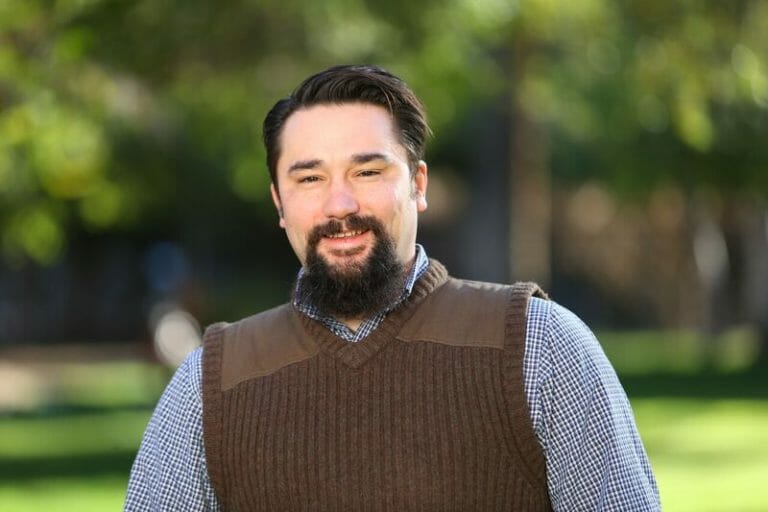
ASU professor receives Department of Energy Career Award
Gary F. Moore, assistant professor in Arizona State University's School of Molecular Sciences and scientist in the ASU Biodesign Institute Center for Applied Structural Discovery, was awarded a grant from
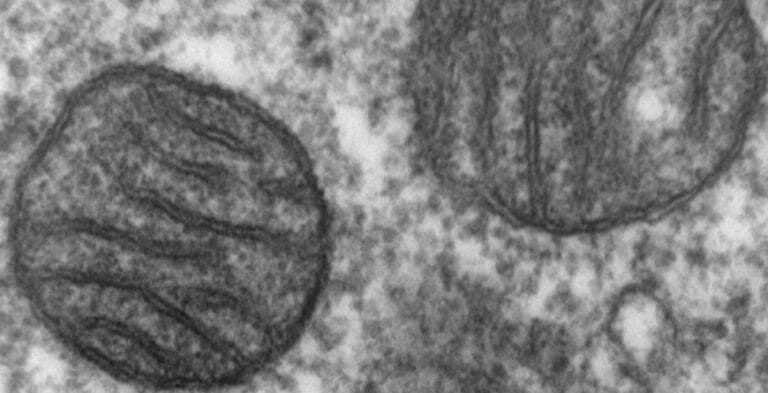
Study sheds new light on mitochondrial disorders
To perform myriad operations essential to life, cells require an energy source. They get it from the molecule ATP, produced through cellular respiration within specialized structures—the mitochondria. The production of
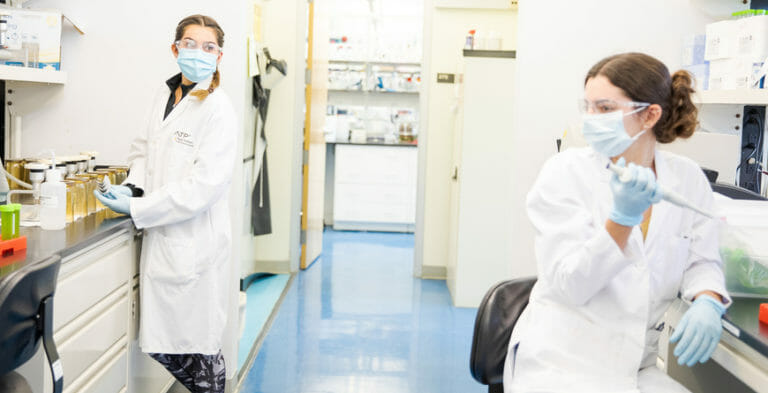
Undaunted: ASU Science forges ahead, despite worldwide crisis
The global pandemic caused by the novel coronavirus has affected nearly every aspect of daily life in Arizona and across the nation, putting many summer activities on pause in the
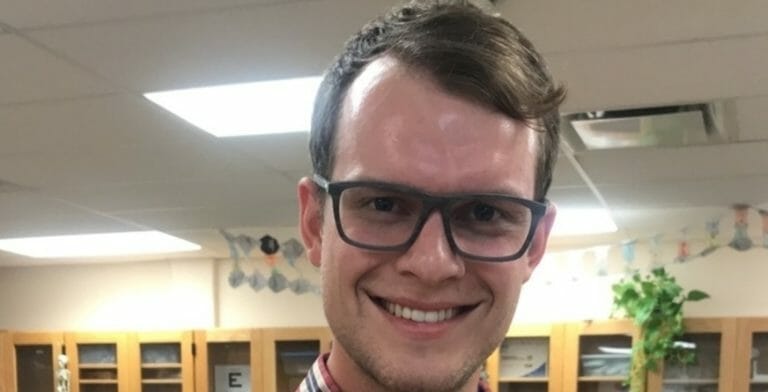
Advances in cryo-EM pave the way for drug discovery
Cryogenic electron microscopy (Cryo-EM) is a powerful technique capable of penetrating the mysteries of the molecular world at near atomic resolution. Along with X-ray crystallography and nuclear magnetic resonance spectroscopy

ASU grad student earns fellowship from National Science Foundation
John Vant, a graduate student at Arizona State University’s School of Molecular Sciences and the Biodesign Institute’s Center for Applied Structural Discovery, was recently awarded a National Science Foundation Graduate Research Fellowship and

Three Biodesign researchers awarded NSF CAREER Award
Arizona State University has to date earned 15 National Science Foundation early faculty CAREER awards for 2020. The awards total $9.5 million in funding for ASU researchers over five years. Amongst
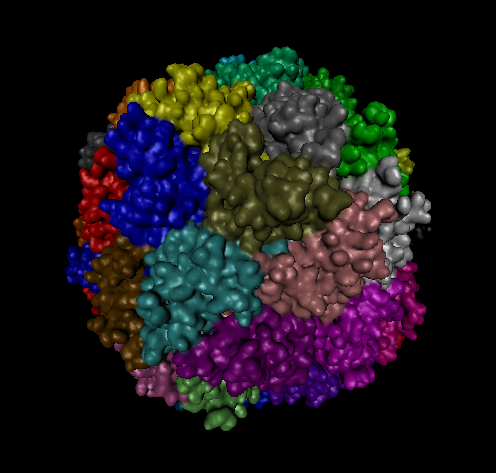
Powering up high school biology
In his lab at Arizona State University, Abhishek Singharoy studies how cells interact with each other on the atomic level. His research uses high-powered molecular visualization programs that can’t run

X-ray eyes peer deeper into deadly pathogen
Tularemia is a rare but often lethal disease. It is caused by one of the most aggressive pathogens on earth, the bacterium Francisella tularensis. The microbe, transported by a variety
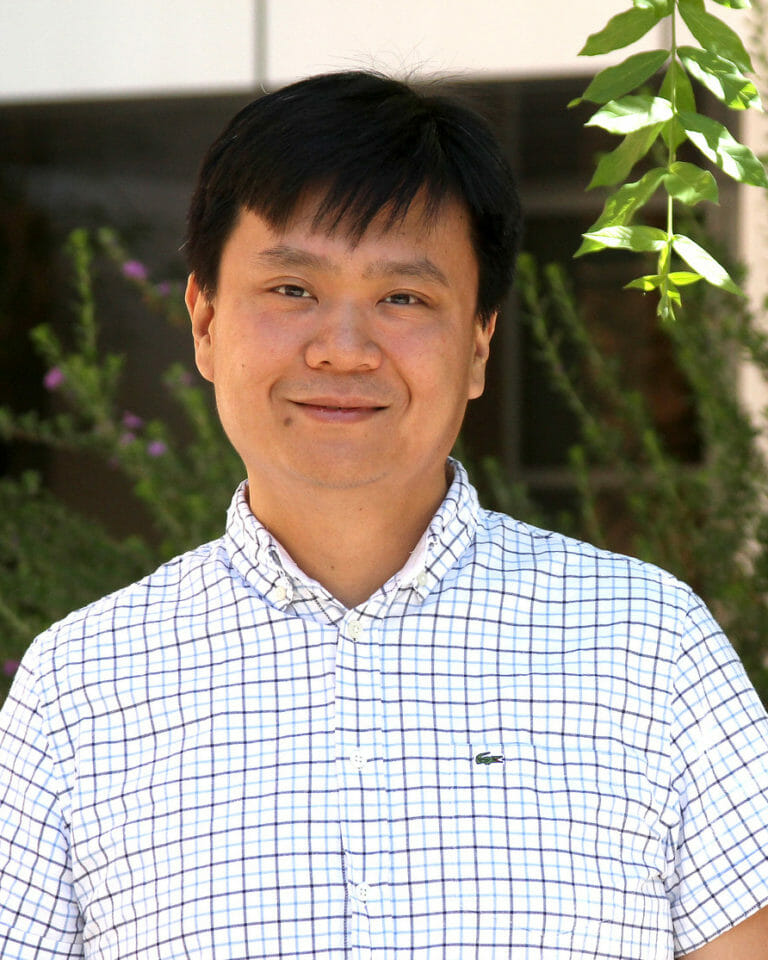
Accelerating precision medicine
From head toe, we are a rich conglomerate of cells, constructed of and managed by proteins. Proteins are the building blocks of life, and the role they play in our
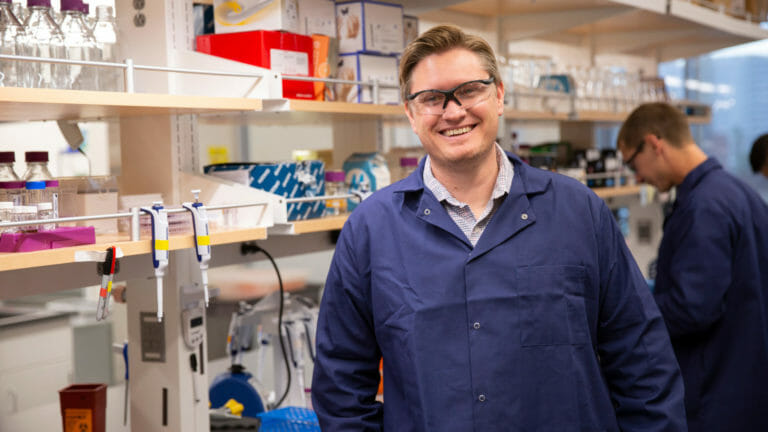
ASU researcher explores biomolecular structures to advance nanotechnology
Nanotechnology is a hot topic in the engineering world. Discoveries at this tiny scale — meaning billionths of a meter, or the distance that fingernails grow each second — are
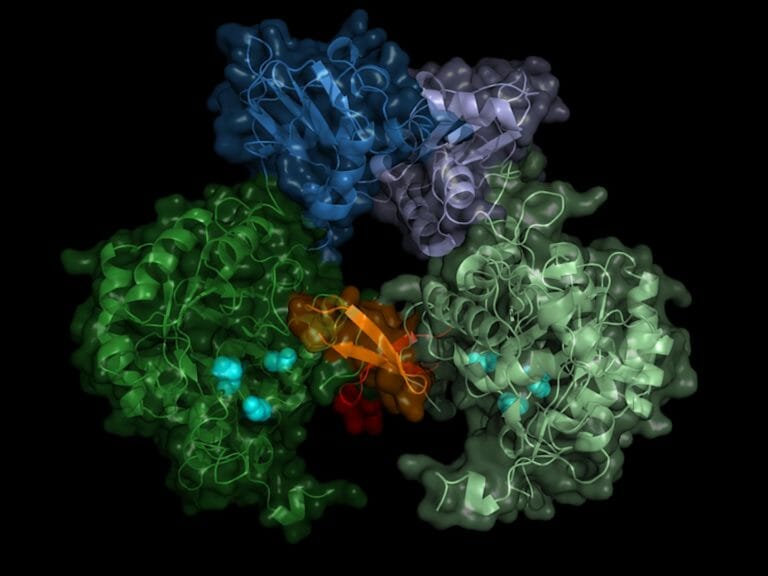
Research team finds possible new approach for sleeping sickness drugs
Using ultra-bright X-ray flashes, a team of researchers has tracked down a potential target for new drugs against sleeping sickness. The scientists have decoded the detailed spatial structure of a

The art of letting go: Researchers track progress of separations field in spearheading diagnostics
Just as a cotton gin separates cotton fibers from seeds, separation methods for complex biological samples are often required to ferret out targets of interest for researchers and physicians. Diagnostic